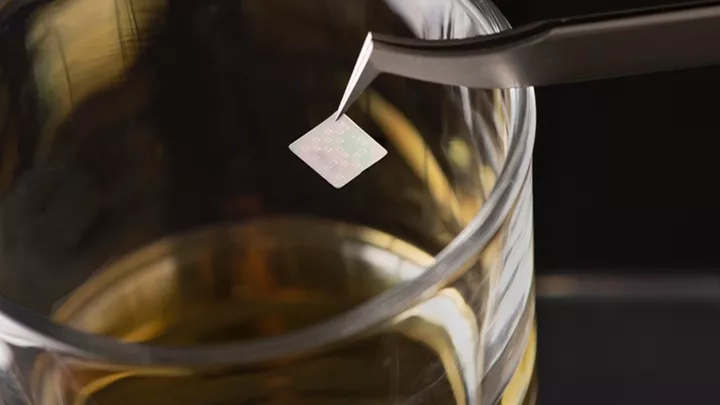
Food and drug safety has always been an important issue in people's lives. However, there are always counterfeit products that people can't guard against, so I'm afraid you need to have a "good eye" to identify the real thing.
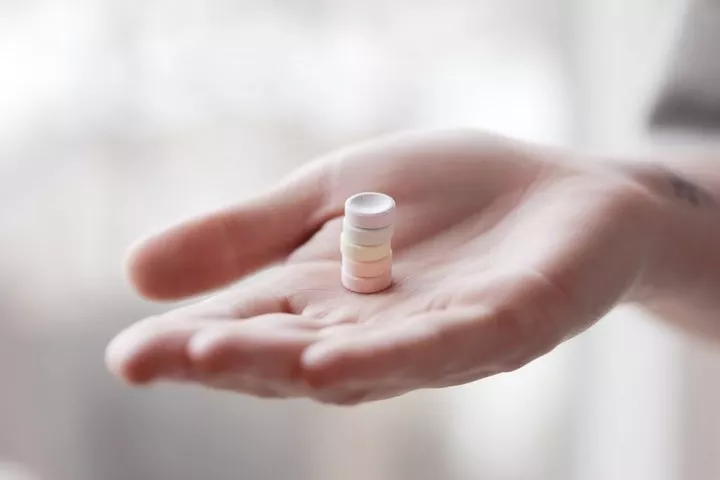
▲ Image from: Unsplash
A joint research team from Purdue University, Indiana, USA and the National Institute of Agricultural Sciences, Korea, has developed an 'edible label' for the purpose of identifying fake drugs, and the related research results have been published in the journal ACS Publications.
The material for this 'edible label' is made from silk proteins extracted from silkworms crossed with a number of different fluorescent protein genes. The information is then encoded in a similar way to a traditional barcode or QR code, which can be activated using a smartphone to confirm the authenticity of the product.
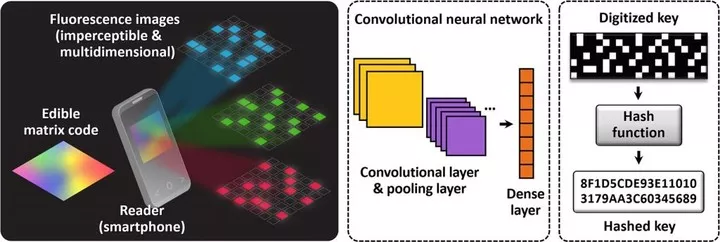
▲Image from: ACS Publications
After demonstrating oral drug and alcohol dosing with a smartphone in a simulated setting, respectively, the researchers also used protein hydrolases released in the gastrointestinal tract to study the digestibility of this 'edible label' used for protein denaturation and degradation.
Since some liquid drugs contain alcohol and counterfeit products of drugs and alcohol are a big problem around the world, spirits can be easily faked and people can easily buy counterfeit opioids. So, the researchers decided to focus on drugs containing alcohol and tested them first in whiskey, which has a high alcohol content.
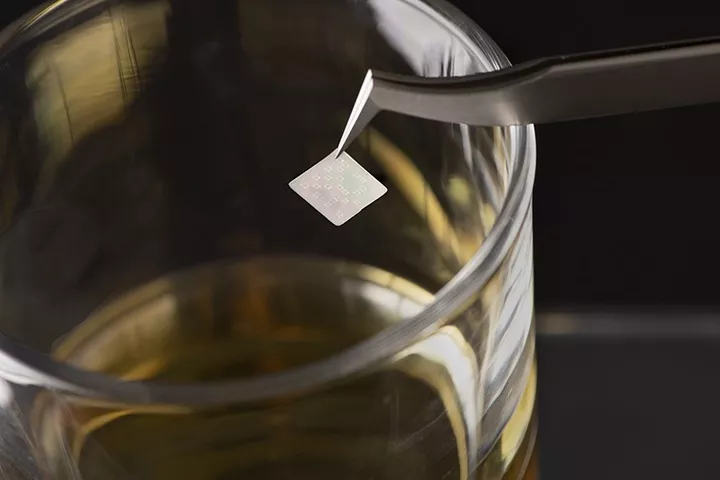
▲Image from: Purdue University
In the tests, the researchers placed such tags on various brands and price points of whisky and all were able to consistently activate the tags and codes using a smartphone app. In addition, the research team also developed ways and means to activate the labels by smartphones at various lighting settings.
This label uses proteins that are easily denatured and degraded by pepsin (silk proteins and fluorescent proteins). Due to the unique silk protein structure, it is tolerated in liquid solutions with high alcohol content and is also biocompatible, photostable and thermally reliable.
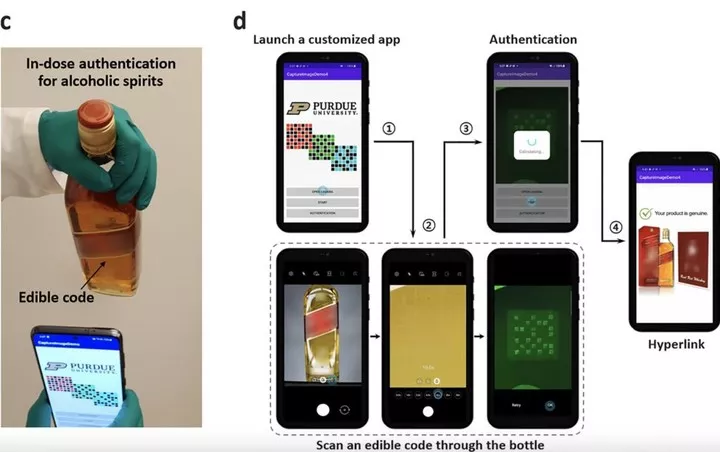
▲Image from: ACS Publications
Because it's an edible label, it won't cause any problems if you swallow it while drinking whiskey, and the label won't affect the taste of the whiskey.
The researchers believe that such 'usable labels' could serve as an additional authentication mechanism for pharmaceutical companies and alcohol producers to identify authenticity by being placed separately on high-priced bottles of alcohol or expensive drugs.
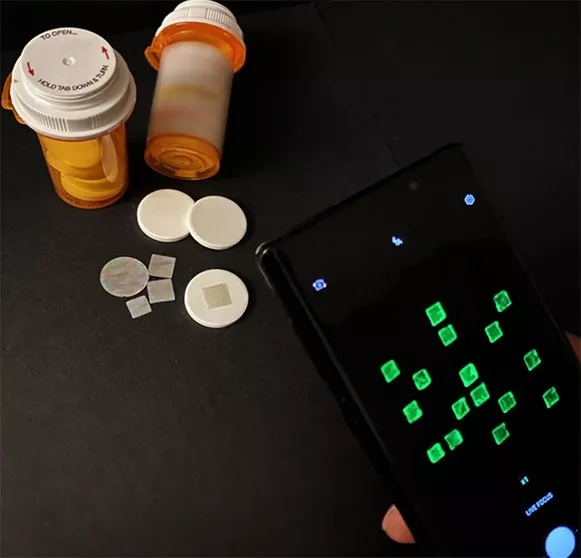
▲Image from: ACS Publications
Or perhaps the risk of dispensing errors can be reduced in hospital pharmacies by assisting in the development and production of single-unit packages and unit-dose volume packages.
That said, such edible labels could allow patients to play a regulatory role in combating illegal drugs and maintaining a sustainable healthcare system, as well as allowing buyers to avoid buying counterfeit alcohol that would endanger their health; a small label could make counterfeit products 'invisible'.